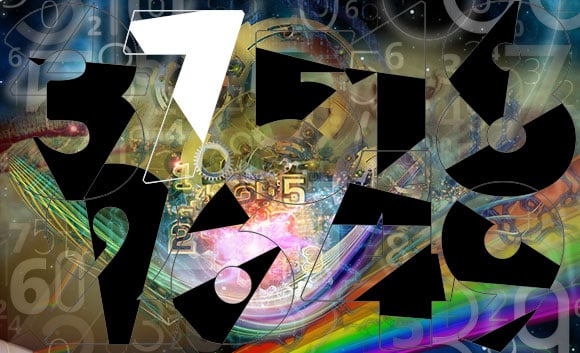



The main contribution of the western Ghubar Arabs was to make the longer line diagonal rather than straight, though they showed some tendencies to making the character more rectilinear. In the beginning, various Hindus wrote 7 more or less in one stroke as a curve that looks like an uppercase J upside down. Jesus performed seven miracles on God's holy Sabbath Day (which ran from Friday sunset to Saturday sunset), thus affirming its continued sacredness to God and necessity in the life of the believer.ġ) Jesus healed the withered hand of a man attending synagogue services (Matthew 12:9).Ģ) At a Capernaum synagogue he casts out an unclean spirit that possessed a man (Mark 1:21).ģ) Right after the above miracle Jesus heals Peter's wife's mother of a fever (Mark 1:29).Ĥ) A woman attending synagogue, who was made sick by a demon for eighteen years, is released from her bondage (Luke 13:11).ĥ) At a Pharisee's house eating a meal with the host and several lawyers, Jesus heals a man with dropsy (Luke 14:2).Ħ) A man who is disabled and unable to walk is healed at the pool of Bethesda (John 5:8 - 9).ħ) Jesus heals a man born blind at the pool of Siloam (John 9:14).Seven Days of Creation - 1765 book, title page Evolution of the glyph The cycle of the holy days is completed in 3 festival seasons by the seventh month of the sacred calendar: Passover and Unleavened Bread, 1st month Pentecost, 3rd month and Trumpets, Atonement, Tabernacles and Last Great Day, seventh month. There are 7 annual Holy Days, beginning with Passover and ending with the Last Great Day (the day after the Feast of Tabernacles ends in the fall). The first resurrection of the dead takes place at the seventh trumpet, completing salvation for the Church.

In the book of Revelation, there are seven churches, seven angels to the seven churches, seven seals, seven trumpet plagues, seven thunders and the seven last plagues. Seven Psalms are ascribed to David in the New Testament (Psalm 2, 16, 32, 41, 69, 95 and 109). The titles are 'Heir of all things' (Hebrews 1:2), 'Captain of our salvation' (2:10), 'Apostle' (3:1), 'Author of salvation' (5:9), 'Forerunner' (6:20), 'High Priest' (10:21) and the 'Author and finisher of our faith' (12:2). In the book of Hebrews, written by the apostle Paul, he uses 7 titles to refer to Christ. There are at least seven men in the Old Testament who are labeled "a man of God." They are Moses (Joshua 14:6), David (2Chronicles 8:14), Samuel (1Samuel 9:6, 14), Shemaiah (1Kings 12:22), Elijah (1Kings 17:18), Elisha (2Kings 5:8) and Igdaliah (Jeremiah 35:4). The total number of originally inspired books was forty-nine, or 7 x 7, demonstrating the absolute perfection of the Word of God.ĭid Job suffer because he was self-righteous? Appearances of the number seven They are 1) the Law 2) the Prophets 3) the Writings, or Psalms 4) the Gospels and Acts 5) the General Epistles 6) the Epistles of Paul and 7) the book of Revelation. The Bible, as a whole, was originally divided into seven major divisions. There are 7 days in a week and God's Sabbath is on the seventh day. The word 'created' is used 7 times describing God's creative work (Genesis 1:1, 21, 27 three times 2:3 2:4). (or the first day of Tishri, which is the seventh month on the Hebrew calendar). If we include with this count how many times 'sevenfold' (6) and 'seventh' (119) are used, our total jumps to 860 references.Īccording to some Jewish traditions, the creation of Adam occurred on SeptemB.C. Used 735 times (54 times in Revelation alone), it symbolizes completeness and perfection (both physical and spiritual). It derives much of its meaning from being tied directly to creation. The number 7 is the foundation of God's word.


 0 kommentar(er)
0 kommentar(er)
